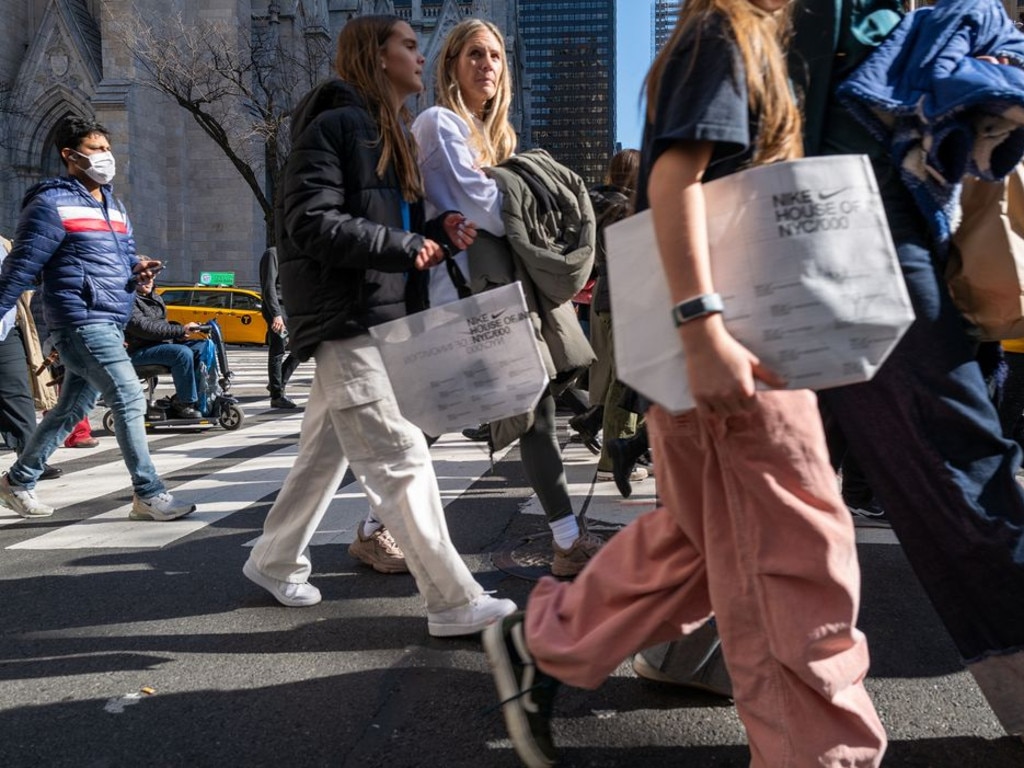Get real: to tame inflation, unemployment must rise
That might be a fitting metaphor for recent comments from another LSE alumni, Reserve Bank of Australia deputy governor Michele Bullock.
Unfairly in my view, she has been criticised in some quarters for her comments that the unemployment rate “will have to rise” in order to get inflation down.
That criticism probably reflects a lack of nuanced appreciation of the point that the deputy governor was making. Indeed, Bullock was stating nothing more than the RBA had already put on the public record by way of its published forecasts.
Ms Bullock’s comments showed a refreshing transparency and candour from a public official.
What the RBA is trying to achieve is to bring inflation back to the 2-3 per cent target zone within an acceptable period, while at the same time minimising the dislocation in activity growth and employment.
As much as some might wish it possible, given the current structure of the economy (regulatory regime, demographic profile, etc), it is not possible to reduce inflation without some deceleration of activity growth and employment (a rise in the unemployment rate).
To think that is possible is a fantasy. It also reveals a wilful ignorance of history.
The critical lesson from the 1970s is that any delay on the part of a central bank in articulating a coherent and firm response to an inflation threat only heightens the risks of a more damaging macroeconomic dislocation in terms of employment and activity down the track, as the central bank has to slam the brakes aggressively later on in the piece.
The point that Ms Bullock was making, and which she has made in the past, is that the RBA wishes to avoid “scorching the earth” to get inflation down and that is why it has an elongated return of inflation to target.

The most recent quarterly Statement on Monetary Policy (SoMP) does not have inflation getting toward the top of the current 2-3 per cent target range until mid-2025, at which point the unemployment rate is forecast at 4.5 per cent.
(Apart from a brief period through 2007-08, prior to 2021 the unemployment rate has not been as low as 4.5 per cent since the mid-1970s).
The RBA SoMP forecasts reveal an unusually high tolerance of inflation compared to other developed country central banks. Arguably that tolerance is, if anything, too high.
In comments last year to the Australian Business Economists, Ms Bullock stated that the RBA “could scorch the earth and get inflation back down very quickly” but questioned whether that was “the right thing to do” in terms of the potential costs to activity and employment.
Ms Bullock’s recent comments were a transparent and candid enunciation of the notion that when the unemployment rate is below the ‘‘non-accelerating inflation rate of unemployment’’ (NAIRU, or full-employment), there exists a clear danger of a developing inflation inertia.
A failure to confront that inflation inertia would inevitably lead to a reduction in living standards as inflation debilitates real incomes and spending, causes falling business investment, and leads to even higher interest rates and sharp rises in unemployment, as it did in the ‘‘stagflationary’’ 1970s and early 1980s.
To get the unemployment lower without unleashing destabilising and debilitating inflation is also probably beyond the remit of monetary policy.
That lies within the realm of structural policy, particularly as it relates to the labour market regulatory regime.
That is within the purview of governments.
The current regulatory regime injects some rigidities into the labour market for which there are supposed benefits: higher wages, better job security, and so on.
That is fine, but the cost is a higher NAIRU. And in Australia’s case that looks to be around 4.5 per cent.
The point is that it doesn’t have to be 4.5 per cent but the reality is that is the de facto choice of the government of the day.
It can be lower under a different regulatory regime.
The RBA governor has in the past noted that the path to returning inflation to the 2-3 per cent target and keeping the economy on an even keel “is a narrow one.”
A properly nuanced interpretation of Ms Bullock’s comments would be that if the RBA succeeds in getting inflation back to target with only a modest rise in the unemployment rate to a peak of 4.5 per cent, that would be a good outcome.
The criticism of Ms Bullock and the debate around the RBA and its objectives is reflective of the fact that monetary policy is being asked to do too much.
It cannot solve every economic ill.
Monetary policy needs to be complemented by other arms of policy, particularly structural policies.
The current regulatory regime makes the RBA’s achievement of its inflation objective that much harder, meaning interest rates are higher than they otherwise would need to be.
Ms Bullock’s critics would do well to heed the words of that most famous of LSE alumni: you can’t always get what you want, but if you try hard you get what you need.
Stephen Miller is an investment strategist at GSFM.





Probably the most famous alumni of the London School of Economics (LSE) once lamented that “you can’t always get what you want, but if you try hard, you get what you need”.